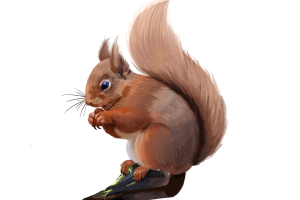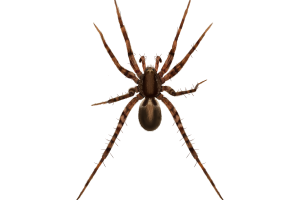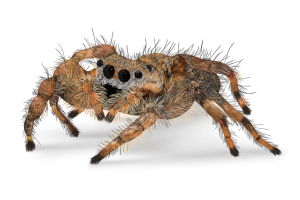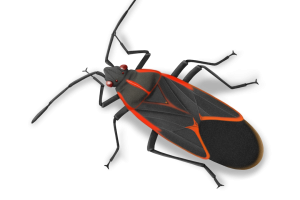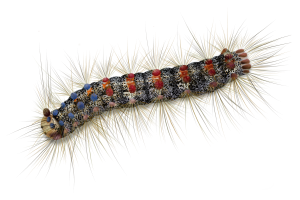Aphids are small, soft-bodied insects, ranging from 1 to 10 millimetres in length, that come in a variety of colours like green, black, red, yellow, and brown. Some may even have a waxy or woolly coating. A common sign of aphids is their presence in clusters or colonies on new plant growth or the undersides of leaves where they feed on plant sap. They are rarely found alone, so spotting a group of small insects of the aforementioned descriptions is a strong indication of an aphid infestation.
Another key indication of an aphid infestation is the presence of a sticky, sweet substance known as honeydew, which excretes and often attracts other insects. This honeydew can sometimes lead to a black sooty mould on the plant. Damages to the plant such as curling, yellowing, or distortion of leaves, as well as stunted growth, are signs of aphid feeding. A high number of ants on a plant can also suggest an aphid infestation, as some ants farm aphids for honeydew. Lastly, some aphids may develop wings when the population becomes dense, so the presence of tiny winged insects might be a clue of aphid presence.

